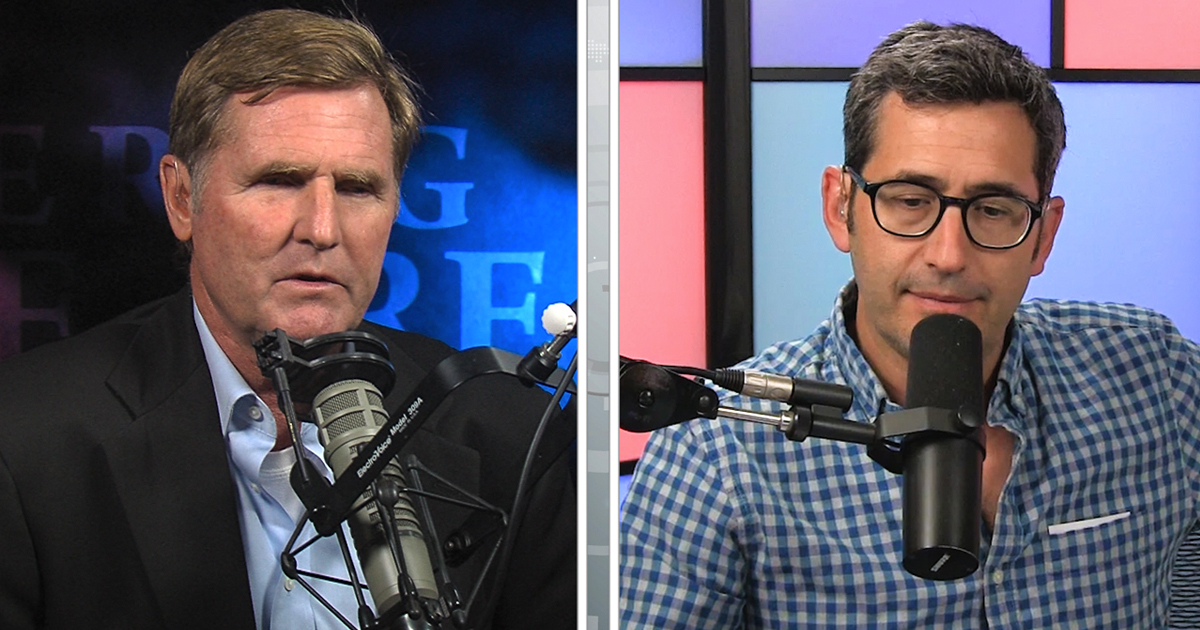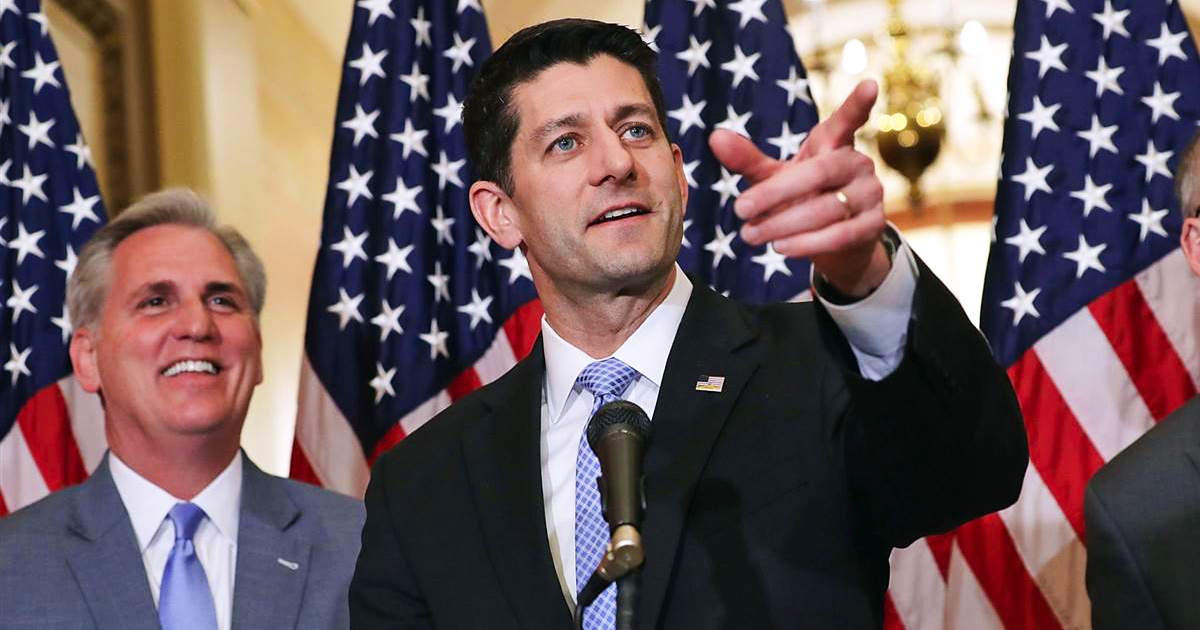To learn more about this topic, visit AL.Law
Ring of Fire’s Mike Papantonio and Sam Seder discuss the corporate mentality of large pharmaceutical companies that calculate the cost of a human life, as just the cost of doing business.
Transcript of the above video:
Sam Seder: I want to talk … I have a couple more questions about Abilify, but particularly, I want to talk about the opioid crisis. You said something at the end of the last segment that I want to just pick your brain about, and that is, you’ve been practicing this type of plaintiff law for decades now. You’ve gone after some of the biggest companies in the world, if not the biggest companies in the world, who have created products, who have distributed products, who’ve sold products, who have committed offenses against the environment, all basically to cut corners so that their profit margin [inaudible] and they can push these externalities onto society. Has it gotten worse? Has it gotten worse? Are these corporations finding, because there’s less accountability at places like the Department of Justice, let’s say, that they can get away with more and they’re just making a calculation? ‘We may have to spend $400 million worth of fines, but that’s okay if we’re making $4 billion worth of profits.’
Mike Papantonio: Yeah. It’s worse than that. They say, ‘We’re going to calculate we have to spend … We’re going to calculate that, for example, we have dumped opioids onto the public arena knowing, knowing that what was going to happen was what we call diversion. We knew there were going to be pill mills. We built it into our business plan. We knew there was going to be drug trafficking. We built it into our business plan. We knew that this whole list of things … We knew that pharmacies were going to be overprescribing. That’s part of our business plan.’ Understand, they do the calculations. They know.
For example, McKesson paid an excess of $100 million, a fine. They’re one of the distributors. The big three are McKesson, Amerisource, and Cardinal. All of them have paid $100 million or more in fines for doing these things, but so what? They made $6 and $7 billion a year, so how does that hurt them? There’s no harm done. There’s no harm. They’re able to build this-
Sam Seder: That’s just like basically … That’s just another line item on their budget. Right?
Mike Papantonio: Yes, exactly.
Sam Seder: ‘We got to pay for trucks. We got to pay for fines.’
Mike Papantonio: Yeah. When you look at the finances of most of these big corporations, they just write it off as a cost of doing business. Now there’s the other part of it, though. The other part is, how about the human lives that are lost? Right now, for example, I’m going after the distributors, those three distributors I just mentioned. I’m going after them on behalf of the cities and the state, the cities and the counties. I am not handling the AG cases. This is not a tobacco … This is not a repeat of tobacco. This is a different approach. I handled tobacco, as you know, and I think in the end, I don’t know that the money actually ended up where it should’ve gone completely.
Here you have a county, for example, that lost $120 million because the opioid crisis, where they had to have extra hospitalization, they had to have extra ER, they had to have extra police, they had to have extra dependency court problems. It used to be five children a year were taken away from their parents. Now it’s 80 children a year because of the drug problem. They had all these costs that were built-in to this opioid dump.
Here’s what’s so amazing about this story. The distributors in 1970 were assigned the role as the gatekeeper. They were the people who were supposed to be the gatekeeper. They were the ones who were supposed to make sure this didn’t happen. They were given special licenses for that problem. Year one and year two, it’s very obvious that it’s happened. As soon as they start selling, year one, year two, they take a look. In year one, they’re selling about $150 million worth of opioid. Year two, it’s $400 million.
Then what ends up happening is they start seeing what’s happening. Their argument, Sam, is that this wasn’t foreseeable, that, ‘All we are is a distributor. Gee wiz. We didn’t do anything wrong. We didn’t see this coming.’ Let’s go ahead and give them that for year one and year two, but what about year three, four, five, six, and seven where they’re making $6, $7, $8 billion a year and the opioid crisis is so bad that heroin has come in as the tail of the crisis? In other words, opioids come through, people get addicted. Heroin comes through, those same people that got addicted on opioids are now using heroin.
This problem is not over. The opioid crisis is not yesterday’s news. It’s happening right now in places like Ohio, in West Virginia, Kentucky, Alabama. These cities that used to be Pleasantville, USA are now regarded as Zombieland, Sam. There’s a vernacular out there, and that is, we created a new Zombieland in Columbus, Ohio, wherever it may be. The problem is so pervasive. Understand.
Here’s another example of government saying, ‘Oh, we’re going to fine the heck out of them.’ $100 million fine doesn’t mean anything. At some point, Sam, you got to start putting CEOs in prison, and then culture changes. Then they say, ‘You know, Uncle Joe did this with his company and he went to prison. Maybe I shouldn’t do this with my company.’
Sam Seder: It really is stunning. The devastation continues to mount. To this day, we’re seeing elevated mortality rates. We’re seeing increasing overdoses. Like you say, it’s destroyed communities. When we talk about externalizing the social cost for profit, this is a perfect example of it. Right?
Mike Papantonio: No, you can’t get a better example. You can’t get a better example. They didn’t care. They’ve made all their money. They left town. They’ve left Zombieland behind, and now the heroin and meth producers, they’re in big time. There’s a city down in Mexico called Jalisco, Mexico that has become part of the industry. They bring in black tar heroin and they count on following the demographics of the opioid distributors. In other words, they know-
Sam Seder: It’s a road map. They can look at-
Mike Papantonio: Of course.
Sam Seder: … what the distribution numbers are of different states and counties and what not and say, ‘This is where we go.’
Mike Papantonio: ‘This is where we go.’
Sam Seder: ‘This is where our market’ … This is basically a market report, essentially.
Mike Papantonio: Yeah. ‘Let’s see who’s had the most overdoses. Let’s see where this is the biggest problem.’ Understand, let me throw one other thing real quickly.
Sam Seder: You got 30 seconds.
Mike Papantonio: The sales people who work for these companies like McKesson and Cardinal, they live right down the road. They see the headlines every day. They hear the newspapers every … They read news reports every day. They hear the radio spot every day. They drive by the pill mill every day. They want to say, ‘Oh gee. We didn’t know.’
Sam Seder: Yeah.



